In the spring of Quy Ty 1653, obeying the order of Lord Nguyen, Cai Co Hung Loc Hau took over the land from the south of Deo Ca to the north of Phan Rang river to establish Thai Khang palace (Khanh Hoa province today). Looking back at the 370-year process of building and developing Khanh Hoa province in the continuous flow of national history, we are even more proud of our ancestors' glorious past.
Write a golden page of history
The history of a land cannot be separated from the history of the nation and people. The same is true for Khanh Hoa. Over the past 370 years, the ethnic groups living together in Khanh Hoa province have always united in their efforts and hearts to overcome hardships in the struggles against corrupt feudalism and the resistance against colonialism and imperialism. The old historical pages still record that in the period 1775 - 1795, many generations of young men of all ethnic groups in Binh Khang Palace (Khanh Hoa) stood under the red flag of the cloth-clad hero Quang Trung Nguyen Hue, fighting against the regime of the corrupt Nguyen Lords in Dang Trong.
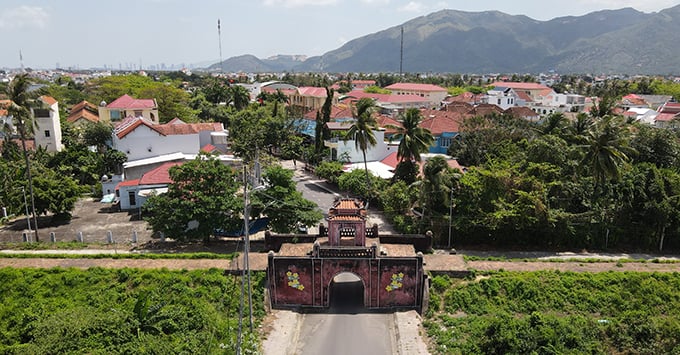 Dien Khanh ancient citadel. Photo: MA PHUONG |
Then, in the years 1885 - 1886, responding to King Ham Nghi's Can Vuong call, under the leadership of Binh Tay General Trinh Phong, the people of Khanh Hoa fought bravely against the invading French colonialists. Although the resistance failed, the example of "Khanh Hoa Tam Kiet, Quang Phuoc Tam Hung" is forever imprinted in the memories of the people of Tram Huong land. The years have changed, the sea has changed, but the land and people's names still remain. Every time I go from Nha Trang to Dien Khanh citadel, looking at the silent moss-covered appearance of the old citadel, my heart is filled with emotions, echoing somewhere the neighing horses, the cheering soldiers of the Tay Son dynasty hundreds of years ago; I see somewhere the figures of Trinh Phong, Le Nghi calling on the troops to resist the French in the Can Vuong war that will be remembered forever.
Continuing the heroic patriotic tradition of previous generations, on July 16, 1930, more than 1,000 people of Ninh Hoa district under the leadership of the Party held a demonstration in support of the Nghe Tinh Soviet movement, occupying the government office, making the feudal colonial officials terrified. That event was a bright milestone in the golden history of the land of Agarwood and Bird's Nest, July 16 became the traditional day of revolutionary struggle of the Party Committee and people of Khanh Hoa province. During the August Revolution of 1945, the Provincial Party Committee led the people to seize the opportunity, quickly taking power in Van Ninh and Ninh Hoa districts. Then, on the afternoon of August 19, 1945, at Nha Trang Stadium, the revolutionary masses overthrew the puppet government, declaring the establishment of a revolutionary government in Khanh Hoa, at the same time as the capital Hanoi.
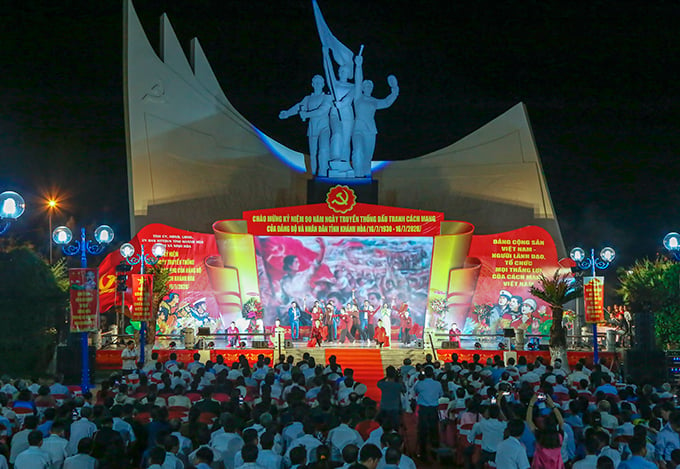 Commemorating the Traditional Day of Revolutionary Struggle of the Party Committee and People of Khanh Hoa Province at the 16-7 monument (Ninh Hoa town). |
When the joy of being citizens of an independent country had not yet subsided, the French invaders returned to invade our country. In that difficult moment, the bravery and will of the people of Khanh Hoa as well as the entire Vietnamese nation "spoke up". To stop the enemy's advance to the North, on October 23, 1945, our army opened fire on the enemy's key points in Nha Trang, officially entering the resistance war to preserve the young independence of the Democratic Republic of Vietnam. The army and people of Khanh Hoa, with the support of the troops advancing to the South, fought steadfastly for 101 days and nights to surround the French invaders at the Nha Trang - Khanh Hoa Front, and received a telegram of praise from Uncle Ho for "setting a heroic example for the whole country". In two consecutive resistance wars for national independence and unification (1946 - 1975), the Party Committee and people of Khanh Hoa united as one, creating a combined strength, together with the people of the whole country, continuing to write brilliant and heroic pages of history, first fighting the French, then expelling the Americans. On April 2, 1975, Khanh Hoa province was liberated, from the coastal city, the liberation army headed towards Saigon and then made a historic victory on April 30, 1975.
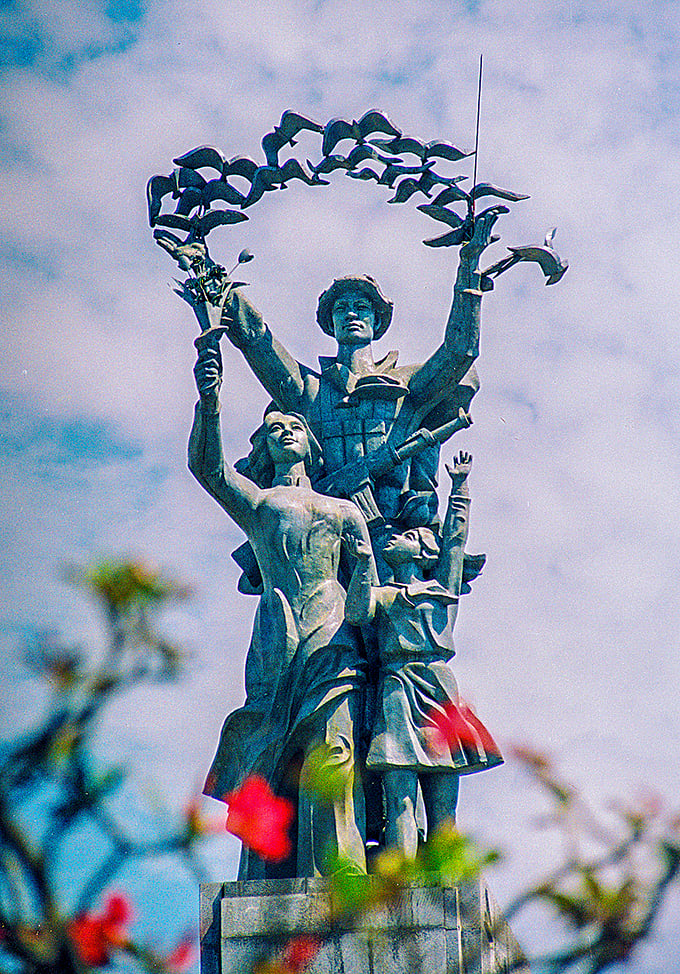 2-4 victory monument in Nha Trang city. |
Develop potential and strengths
Over the past 48 years, since the country's reunification, the Party Committee and people of Khanh Hoa have overcome all difficulties and challenges, promoting the potential and strengths of the locality in the fields of industrial economic development, tourism, services, etc., achieving important and comprehensive achievements in socio-economic development. In particular, in 2022, despite being heavily affected by the Covid-19 pandemic, domestic difficulties as well as complicated developments in the world situation, the province's socio-economic situation continues to recover and develop with GRDP in 2022 estimated at VND 54,505.2 billion; state budget revenue reaching VND 16,418 billion, exceeding 36.6% of the estimate; 20/22 important socio-economic targets achieved and exceeded the set plan; social security is focused, political security, social order and safety are ensured.
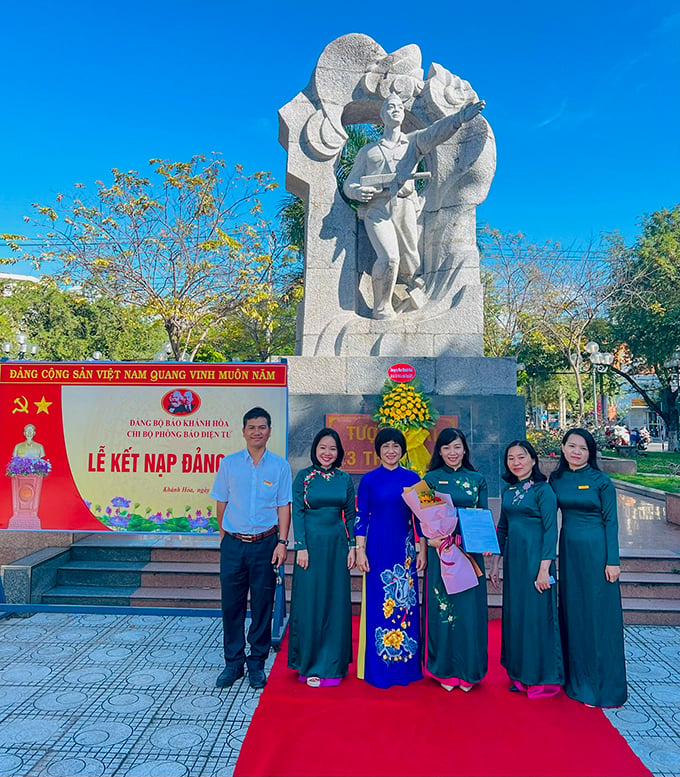 |
“Turn the old pages, find old traces, we are grateful to the person who opened the Southern land…”! (lyrics in a song by musician Hinh Phuoc Long). The 370th anniversary of the construction and development of Khanh Hoa province is an opportunity for every citizen of the land of Agarwood to review the heroic past, remember the contributions of generations of ancestors, thereby arousing the aspiration to build an increasingly prosperous homeland, first of all, to complete the goal of making Khanh Hoa province a centrally-governed city by 2030.
The book Dai Nam Nhat Thong Chi recorded that in 1653, the Cham king Ba Tam sent troops to harass the border, killing people in Phu Yen. Lord Nguyen Phuc Tan sent Cai Co Hung Loc to defend, taking advantage of the dark night to cross Thach Bi mountain, set fire to the citadel and advance to Phan Rang river. The Cham king sent his son to bring a letter of surrender and asked to offer land to the lord from the east of Phan Rang river to Phu Yen. The lord agreed, established Thai Khang citadel, divided into two districts Thai Khang and Dien Ninh, and assigned Hung Loc to guard.
XUAN THANH
Source






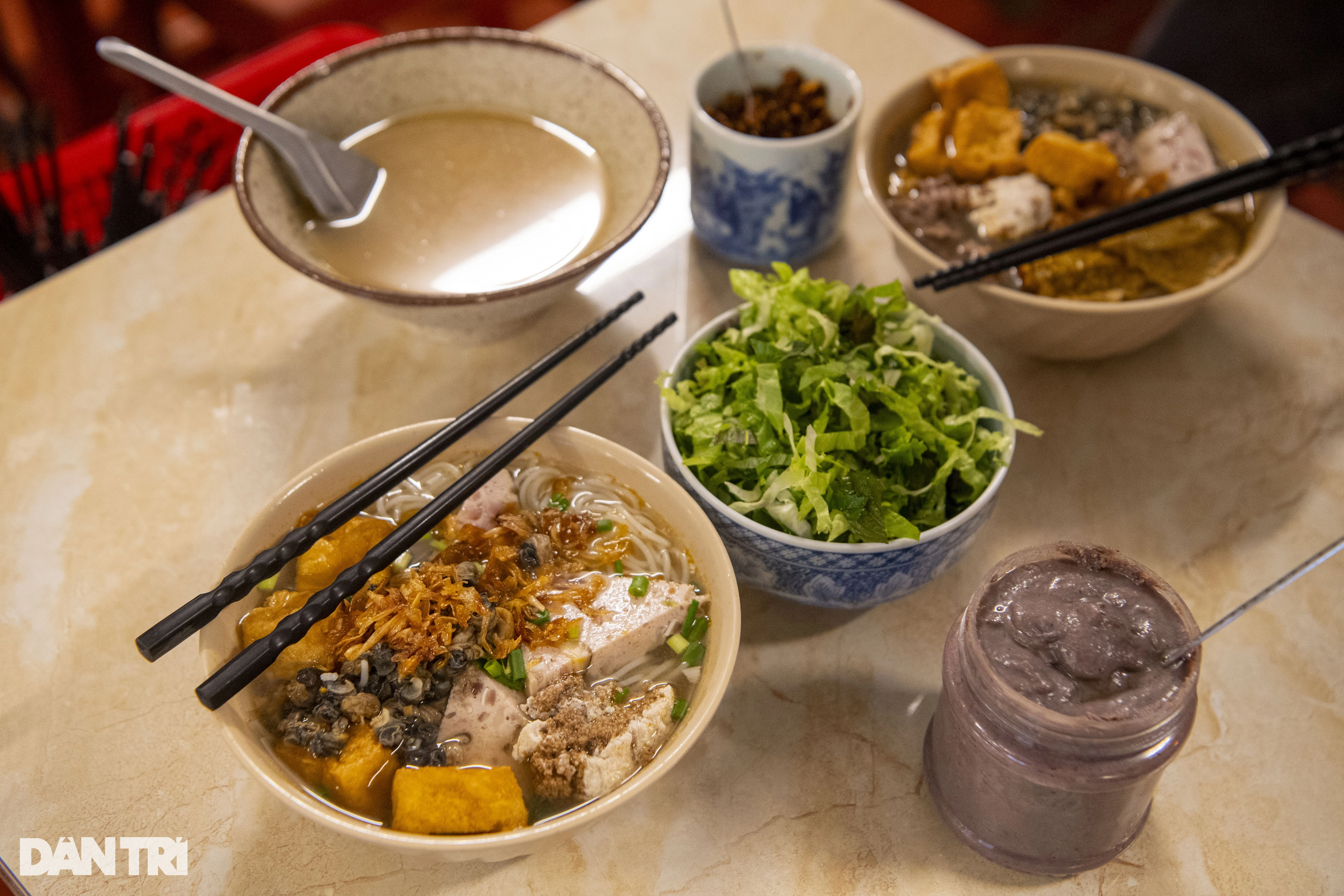
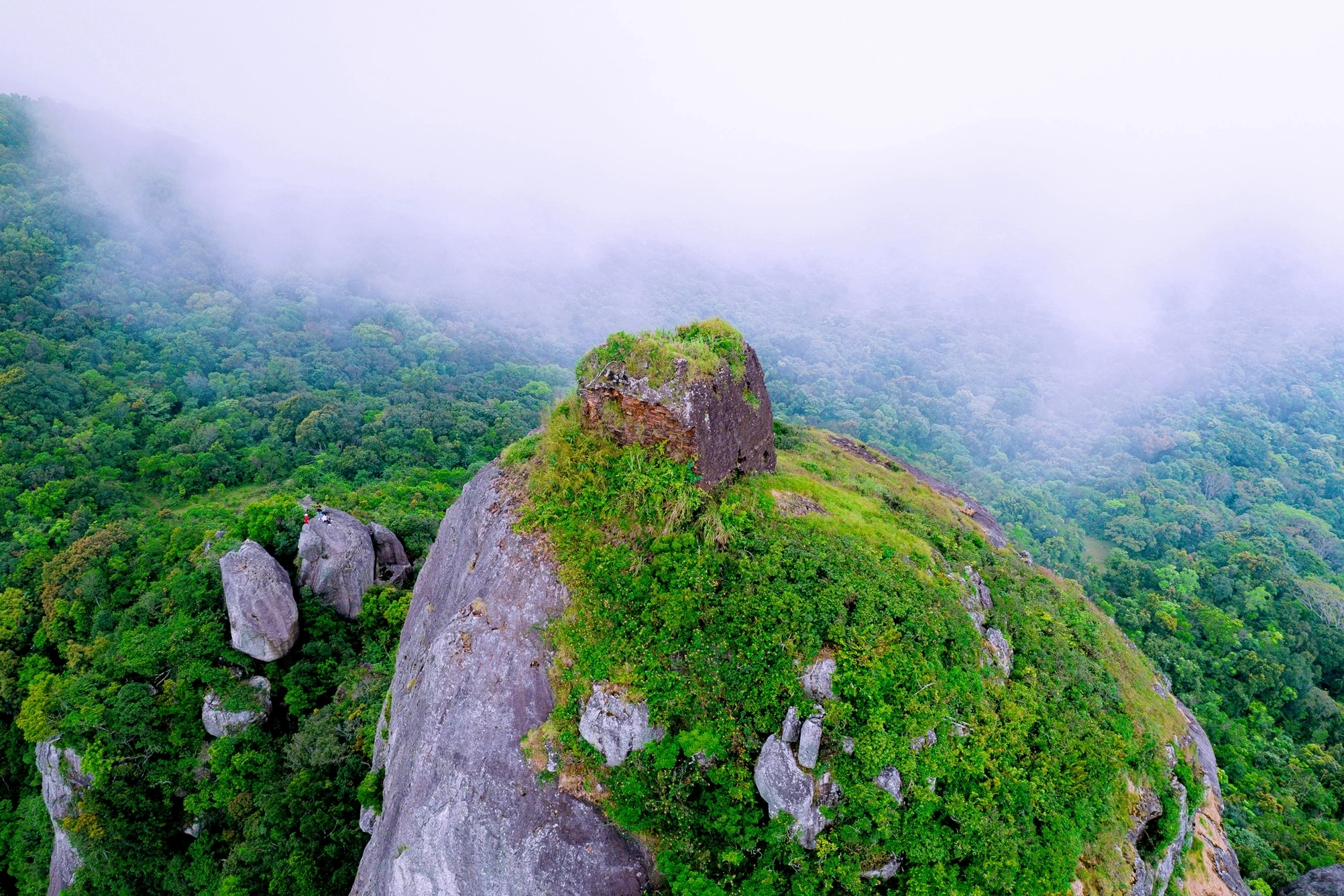




















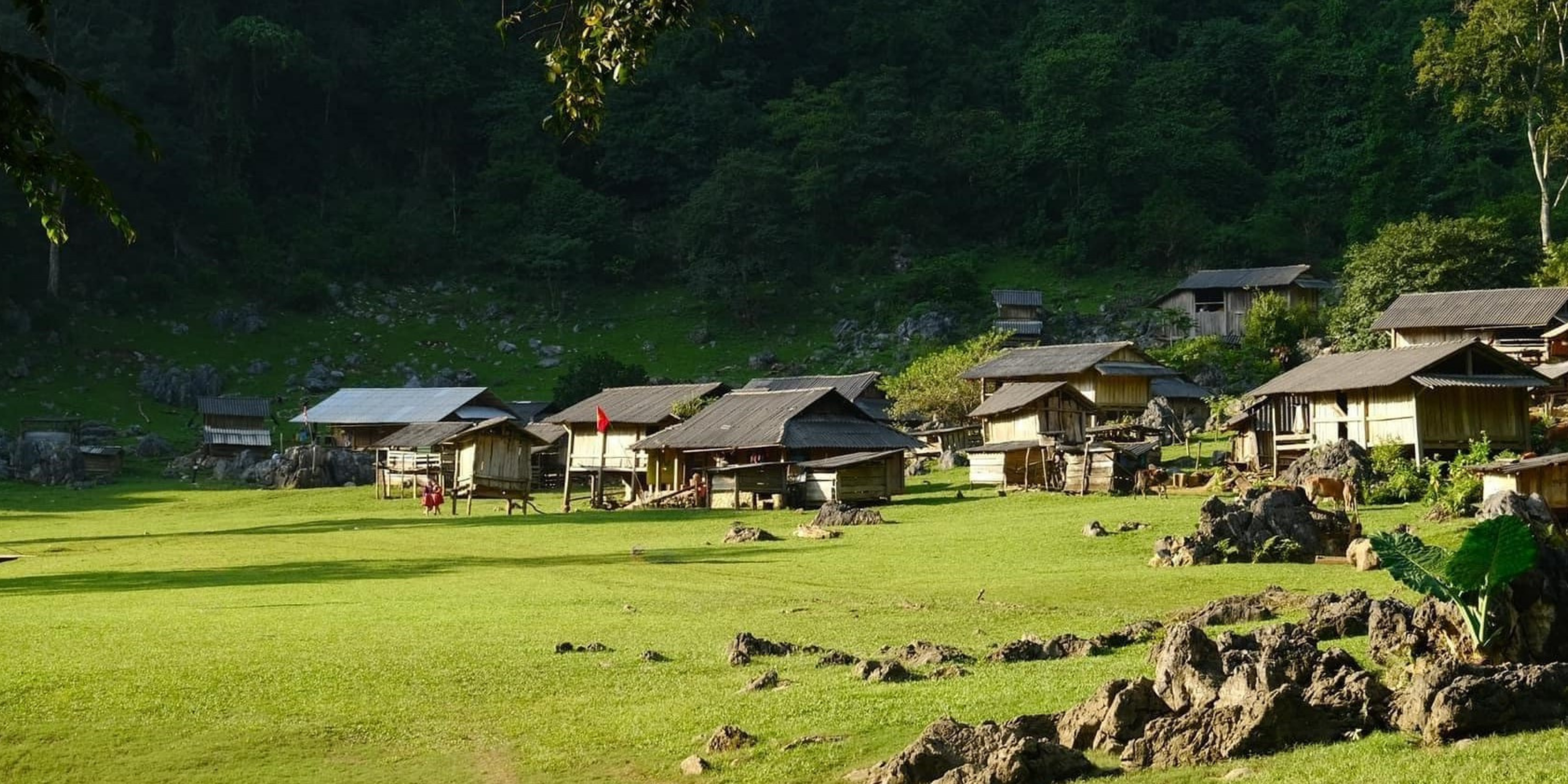
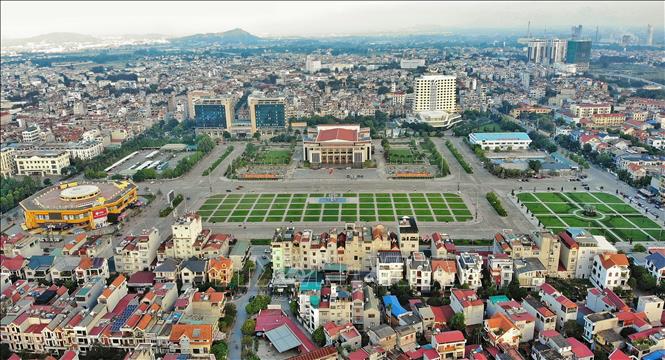
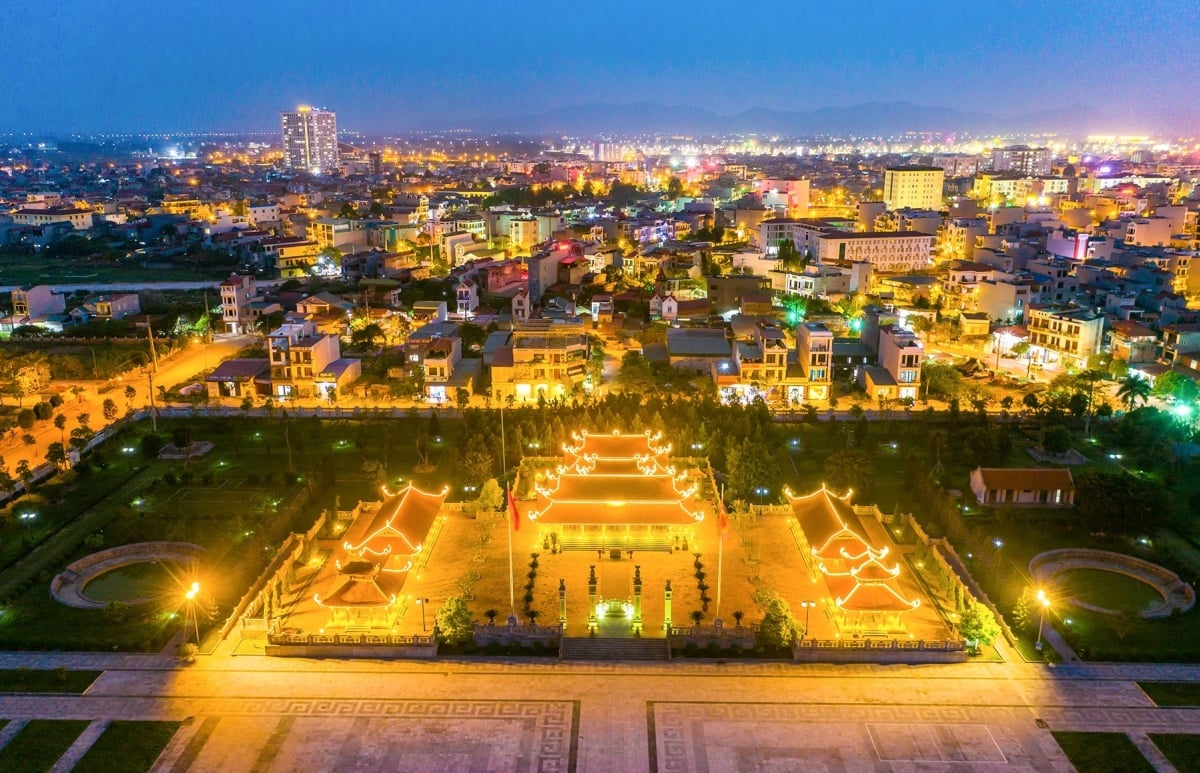
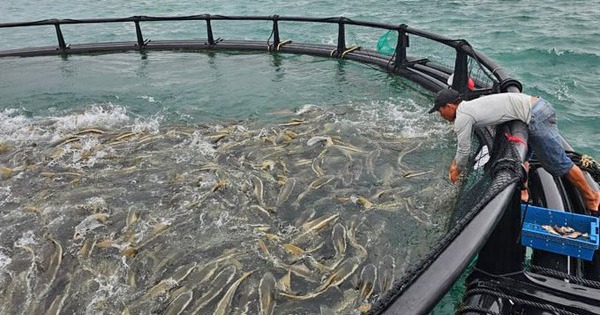
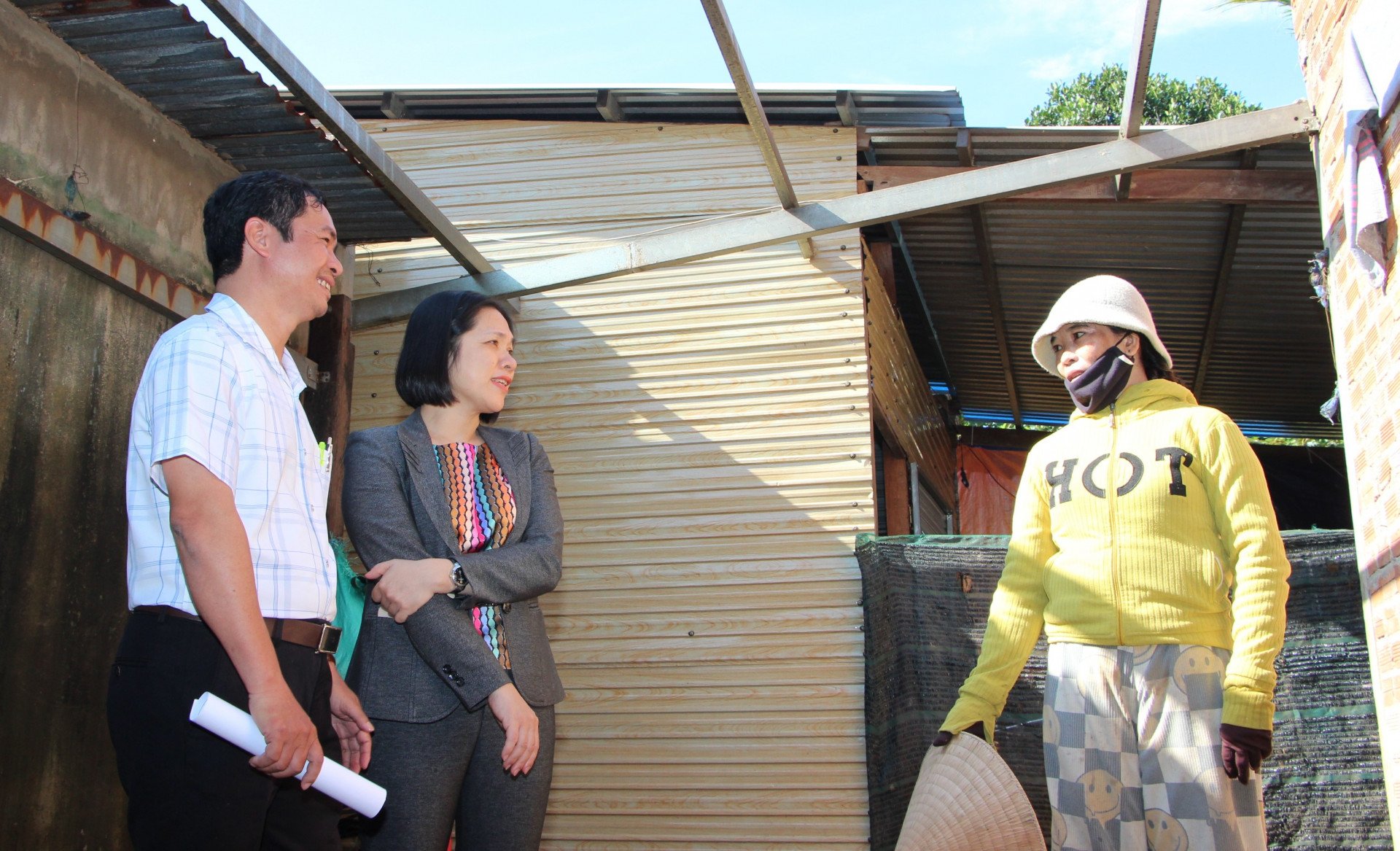
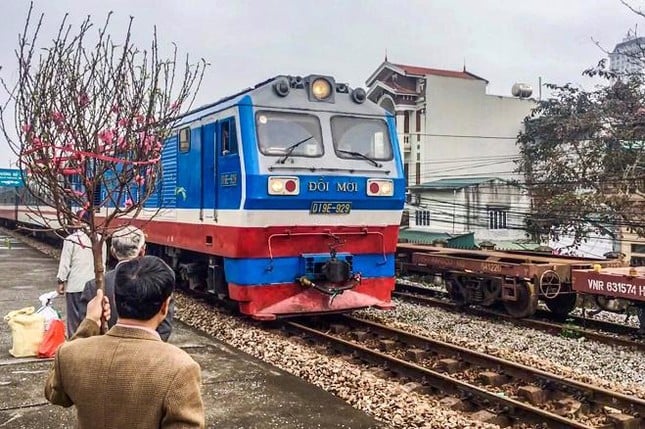
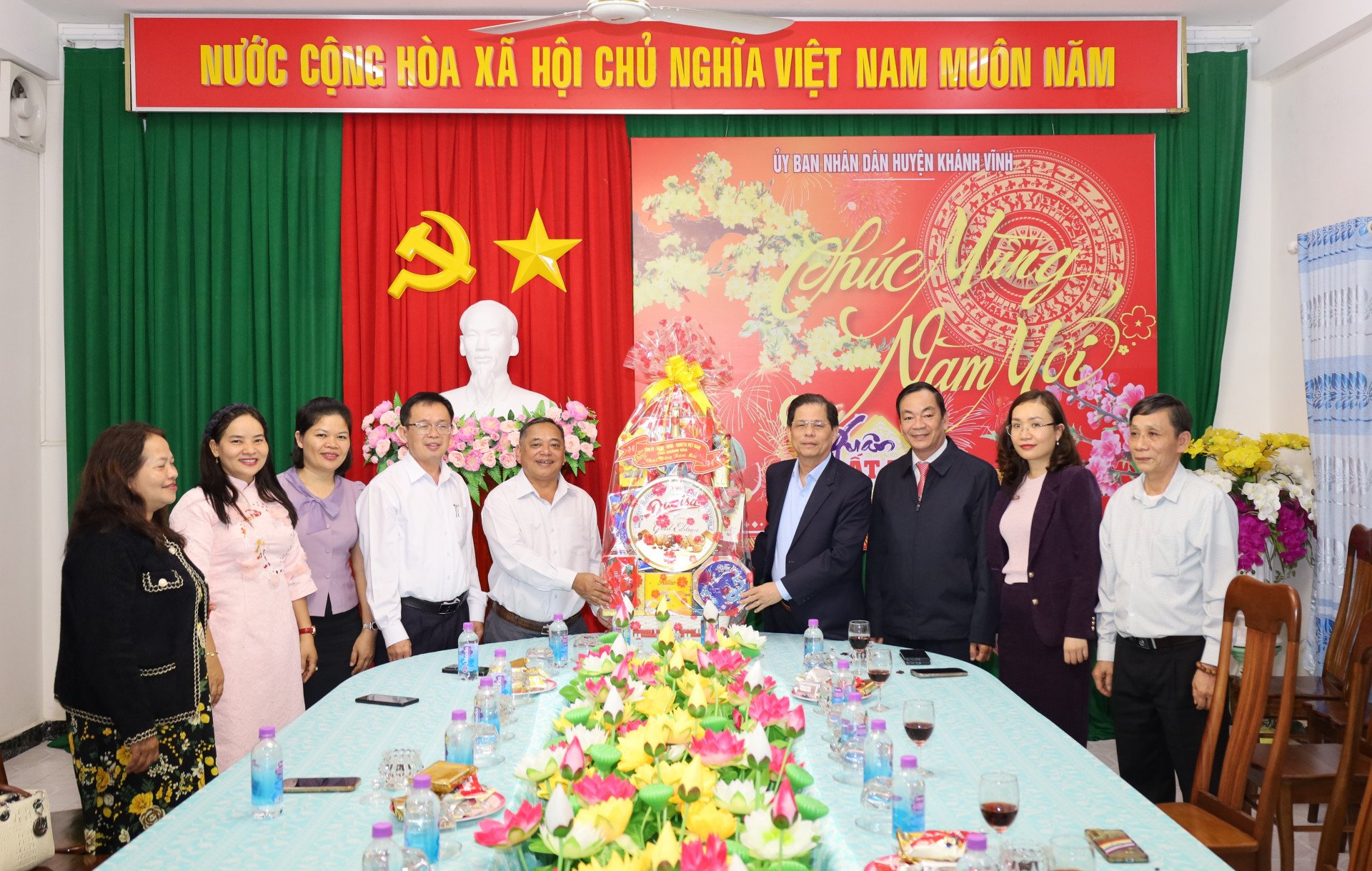
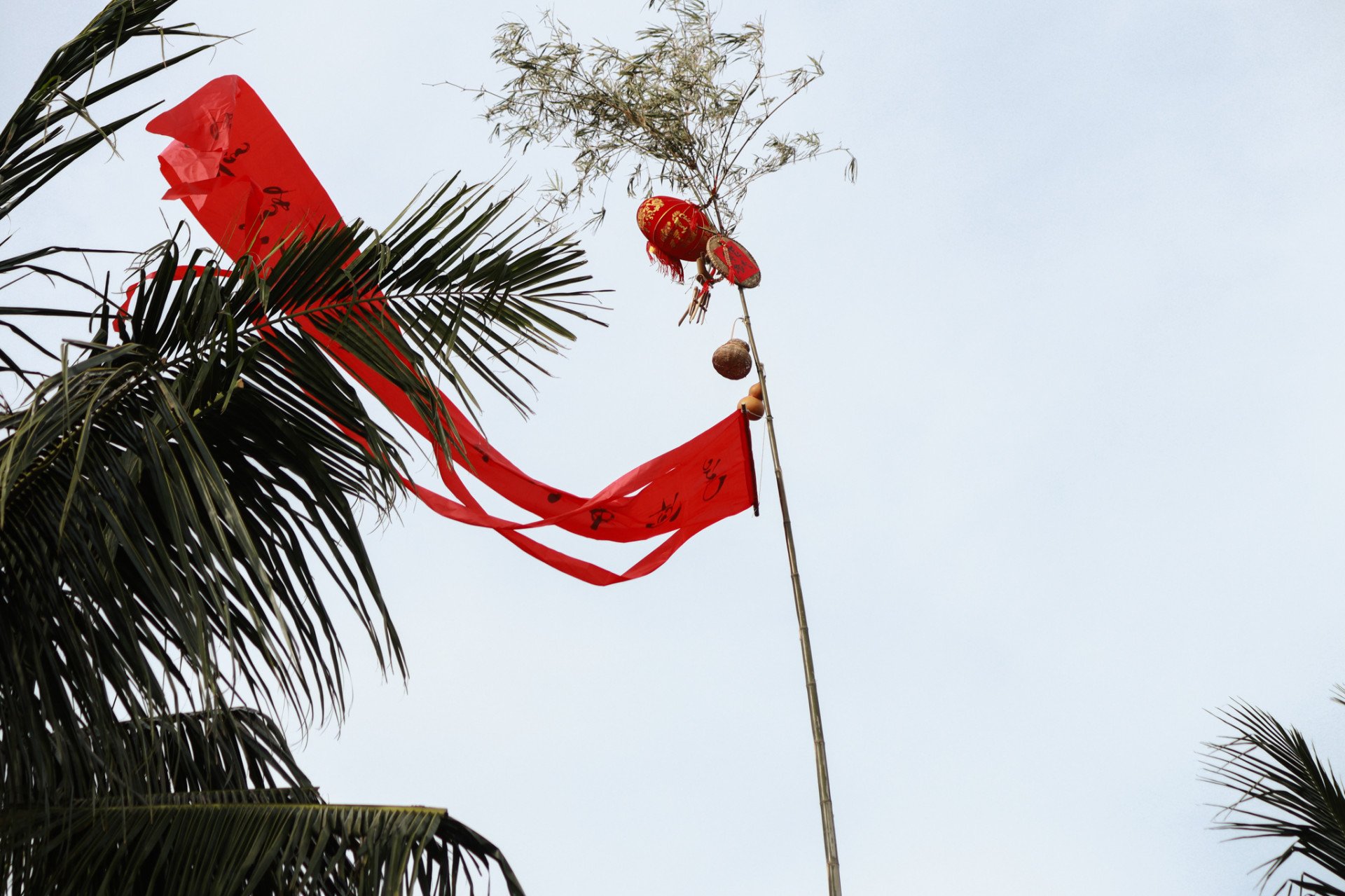
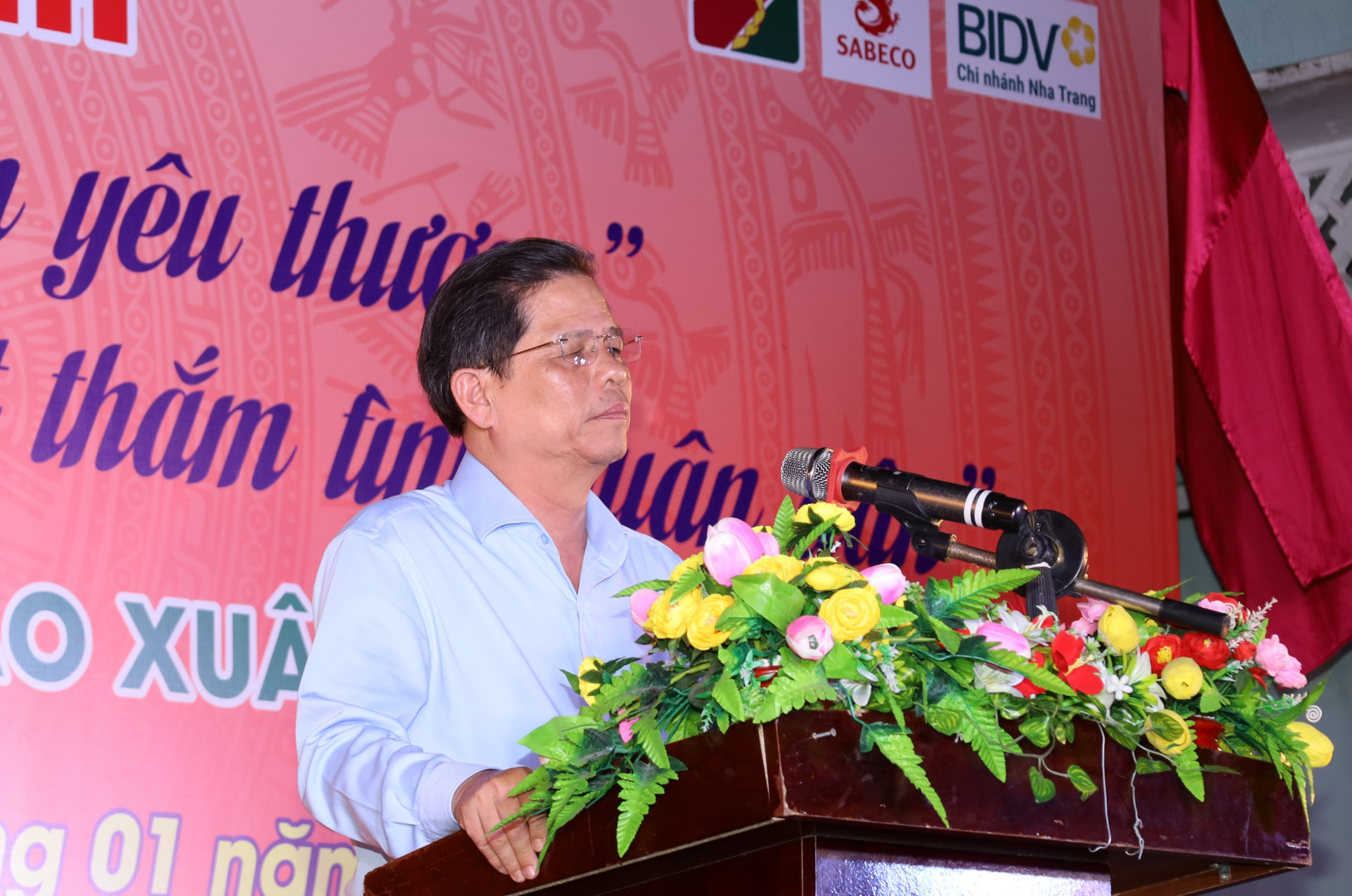
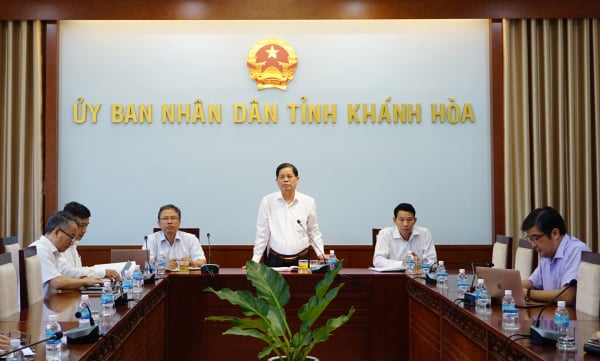

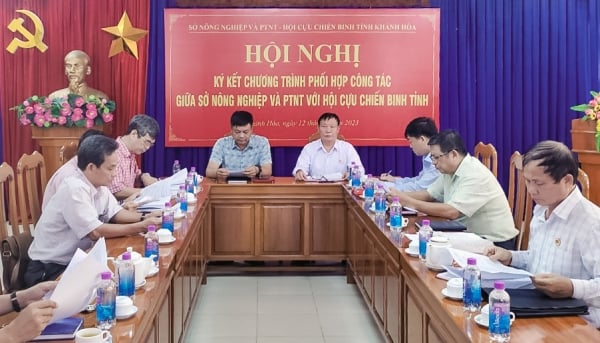
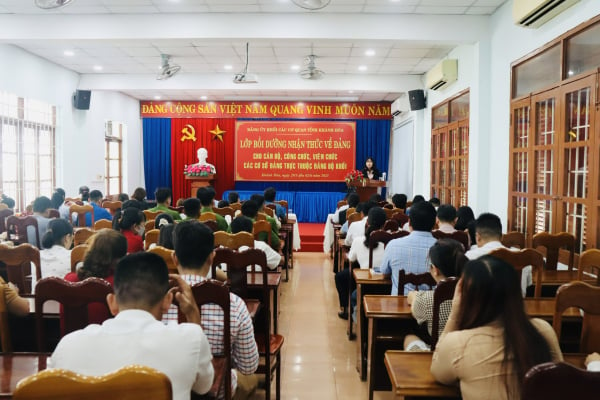

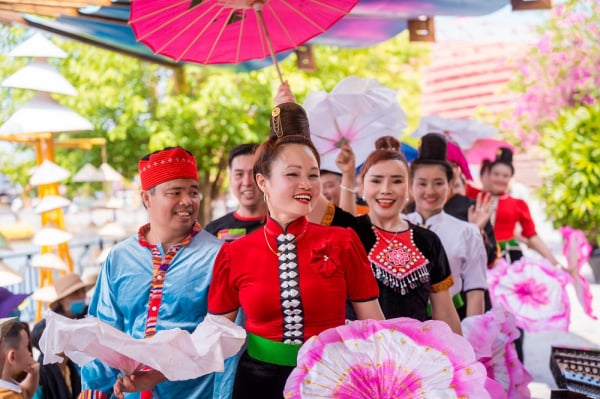
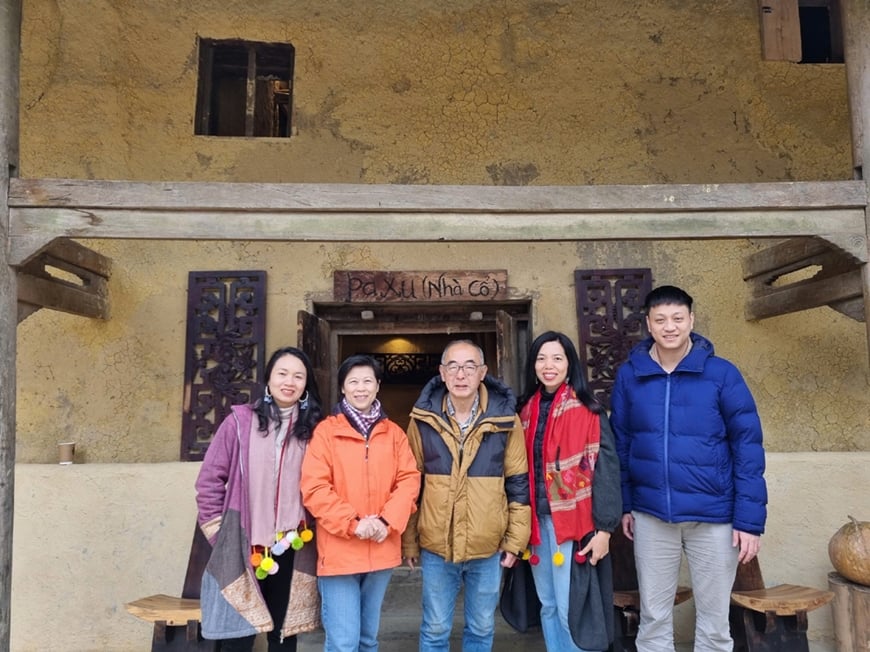









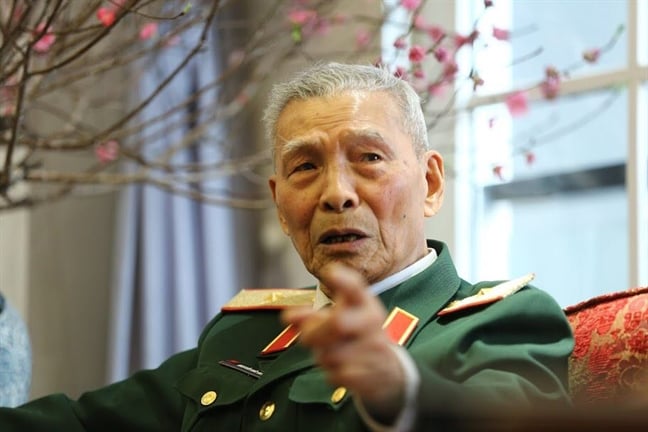


Comment (0)